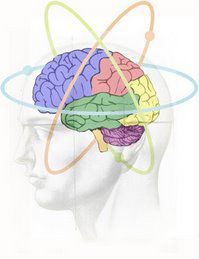15 years ago Compaq & DEC (now Hewlett-Packard) setup its Europe, Middle East & Africa centralised Technical Support Centre (naturally it wasn’t called that – it had to be called by a TLA – so it was known as TSC). The TSC had high ambitions of solving many of the intractable problems associated with 14 different countries having 14 different ways of doing the same thing – fixing product and process failures for 25 million customers.
Unfortunately, and somewhat predictably, what it initially did was spend millions of dollars industrialising the existing mess while simultaneously disenfranchising the local subsidiaries – time to hire a new sheriff! – Or could this be a case for distributed cognition?
Unfortunately, and somewhat predictably, what it initially did was spend millions of dollars industrialising the existing mess while simultaneously disenfranchising the local subsidiaries – time to hire a new sheriff! – Or could this be a case for distributed cognition?






















